calsfoundation@cals.org
Disability Issues
Before public institutions were established in Arkansas, those who were born with disabilities or who were later disabled by disease, accident, age, or war were cared for by their families and other co-residents of their households. The first public facilities to address the needs of blind and deaf children, people with intellectual disabilities, and veterans emerged in Arkansas in the 1800s. During the twentieth century, additional public and private services for the disabled were established and laws were enacted to ensure their rights. Over the course of Arkansas’s history, the disabled have been cared for in their homes out of sight of others, then seen as persons to be sheltered by the state and charitable organizations, and, more recently, enabled as individuals who deserve to live full and productive lives.
In 1859, the Institute for the Education of the Blind was founded in Arkadelphia (Clark County). It was moved to Little Rock (Pulaski County) in 1868 and renamed the Arkansas School for the Blind in 1877. A school for deaf children was opened by the City of Little Rock in 1867; it was renamed the Arkansas Deaf Mute Institute 1868 and the Arkansas School for the Deaf in 1923. In the twenty-first century, both schools operate residential and day facilities in Little Rock and provide support to families and schools throughout the state. Initiated as the Arkansas Lunatic Asylum in 1873, then called the Arkansas State Hospital for Nervous Diseases, the Arkansas State Hospital served the state as the only facility for the mentally ill in Arkansas for many years. While previously focused on long-term care, its emphasis became enabling people to return to society.
A military hospital was established in Hot Springs (Garland County) in 1887, and it continued under the management of the U.S. Army until 1960, providing medical treatment and hospitalization for veterans with war injuries and arthritis, and later those with polio. Run for some time by the State of Arkansas as the Hot Springs Rehabilitation Center in 2009 it began operating as the Arkansas Career Training Institute with a focus on vocational training for Arkansans with disabilities, rather than hospital care. The Arkansas Service Bureau, later called the Arkansas Department of Veterans Affairs, was established in 1923 to assist those with disabilities who had fought in World War I and other wars. Started by the House of Israel synagogue in 1914 to serve Jewish people in need, the Leo N. Levi Hospital in Hot Springs began providing mental and physical therapy to people of all faiths, regardless of their ability to pay.
In 1920, Helena (Phillips County), West Helena (Phillips County), and Little Rock were the sites of the second, fourth, and fifth Civitan clubs ever chartered. The focus of Civitan International, which now has clubs throughout Arkansas, is serving the needs of those with developmental disabilities, particularly through the Special Olympics of Arkansas and support of the University of Alabama Birmingham International Research Center. World Services for the Blind was started in Little Rock as the Prevocational Adjustment Center for the Adult Blind by the Lions Clubs of Arkansas in 1946 and continues as a career training center for blind and visually impaired adults from throughout the United States and the world. Camp Aldersgate was founded in 1947 as an interfaith, interracial fellowship with camping programs for children from the Arkansas School for the Blind and the Arkansas School for the Deaf, and those with developmental disabilities. Later, Camp Aldersgate expanded its programs to include children with all disabilities, provide respite care for families, and bring children with disabilities and children without together through the Kota Camps. The University of the Ozarks established the nation’s first college program for those with learning disabilities in 1971, later to become the Harvey and Bernice Jones Learning Center, which continues serving college students with learning disabilities.
Soon after Arkansas’s State Department of Public Welfare was established in 1937, its Crippled Children’s Division was initiated in response to polio outbreaks. Easterseals Arkansas, founded as the Arkansas Association for the Crippled in 1944, first served children with polio at an inpatient facility at Jacksonville (Pulaski County) in 1946 and then, in 1957, set up Arkansas’s first work program for adults with disabilities. In the 1980s, the Central Arkansas Polio Survivors organization began as the Arkansas League of Polio Survivors.
Created by Act 6 of the Arkansas General Assembly and supported by numerous sponsors including Kiwanis, Civitan, Optimist, Rotary, and Lions clubs, the state started operation of the Arkansas Children’s Colony residential facility in Conway (Faulkner County) for children with intellectual disabilities in 1955. By 1981, it was known as the Conway Human Development Center, one of several Arkansas Human Development Centers to serve those with physical and mental disabilities. In 1971, the Arkansas Department of Human Services combined separate departments charged with serving the disabled, including the State Welfare Department, Rehabilitation Services with its Human Development Centers and the Department of Mental Retardation.
The U.S. Rehabilitation Act of 1973 started an era of increased awareness of the civil rights of the disabled. The federal Individuals with Disabilities Education Act of 1975, with amendments and new regulations in 2004 and 2011, required that all children receive free and appropriate education. In 1977, Disability Rights Arkansas was formed to advocate for and enforce legal rights through collaboration with other organizations, agencies, and legal services. As a result of the efforts of the Task Force on Civil Rights, the Arkansas Civil Rights Act of 1993 addressed discrimination, including discrimination based on sensory, physical, or mental disability. In 1998, Section 508 of the U.S. Rehabilitation Act required that federally funded technology be accessible to the blind and visually impaired, and a year later Arkansas’s Act 1227 compelled the state to meet similar standards.
For additional information:
Act 1227 and 1999. Arkansas General Assembly. http://www.arkleg.state.ar.us/assembly/1999/R/Acts/Act1227.pdf (accessed April 21, 2021).
Arkansas Department of Veterans Affairs. http://www.veterans.arkansas.gov/ (accessed April 21, 2021).
Burch, Susan, and Michael Rembis. Disability Histories. Urbana: University of Illinois Press, 2014.
Disability Rights Arkansas. http://disabilityrightsar.org (accessed April 21, 2021).
Easterseals Arkansas. http://www.easterseals.com/ (accessed April 21, 2021).
“A Guide to Disability Rights Laws.” U.S. Department of Justice, July 2009. http://ada.gov/cguide.htm (accessed April 21, 2021).
Mary Henthorn
Little Rock, Arkansas
 Arkansas Association for the Deaf
Arkansas Association for the Deaf Civil Rights and Social Change
Civil Rights and Social Change Health and Medicine
Health and Medicine Arkansas School for the Blind
Arkansas School for the Blind 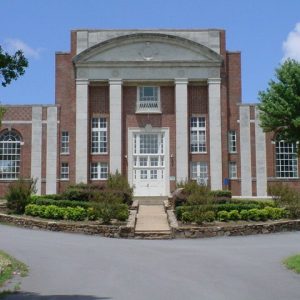 Arkansas School for the Deaf
Arkansas School for the Deaf 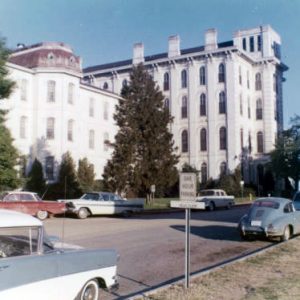 Arkansas State Hospital
Arkansas State Hospital 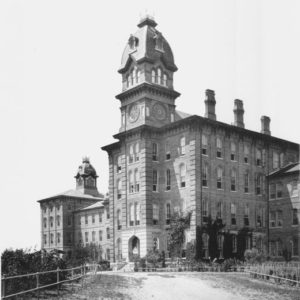 Arkansas State Lunatic Asylum
Arkansas State Lunatic Asylum 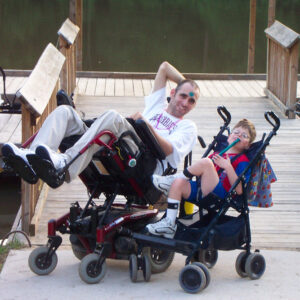 Camp Aldersgate Campers
Camp Aldersgate Campers 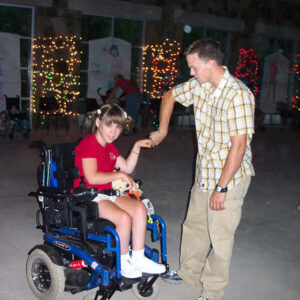 Camp Aldersgate Dance
Camp Aldersgate Dance  Colored Deaf Mute Institute
Colored Deaf Mute Institute 




Comments
No comments on this entry yet.